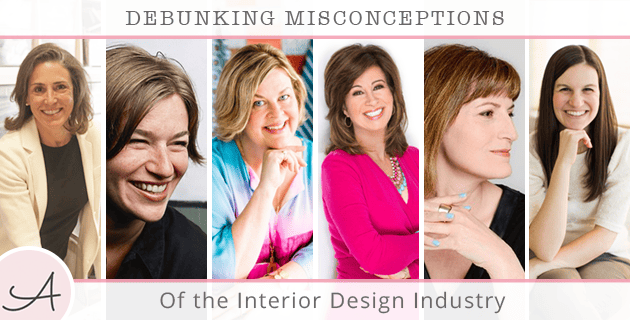The rise of TV shows like HGTV and the pervasive influence of social media has portrayed interior design as a quick and effortless task, often reducing the role of professional interior designers to mere shopping and arranging furniture. However, this representation is far from accurate.
Interior design is a multifaceted discipline that goes well beyond superficial aesthetics. It requires attention to detail, innovative problem-solving skills, and meticulously planning procurement, including ordering, logistics, delivery, and installation, to create functional and visually appealing spaces.
Let’s delve into the most widely misunderstood aspects of the interior design industry, as conveyed by six knowledgeable designers. From debunking misconceptions about the cost of projects to unraveling the strategic decision-making behind each design element, these experts provide us with a comprehensive understanding of the true nature of the interior design profession. So let's dive in!
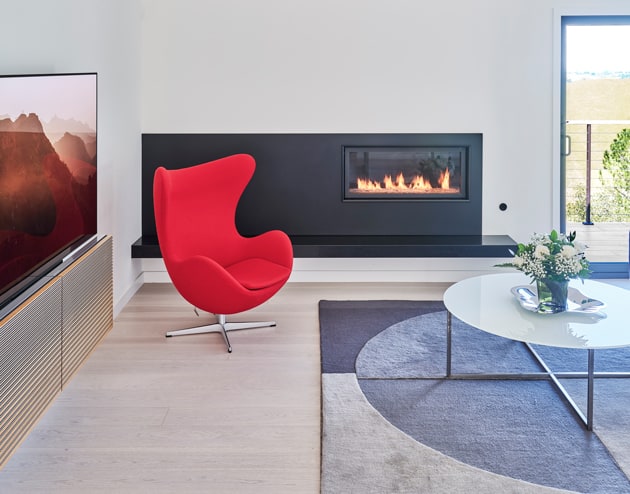
1. “Great results can be achieved on the cheap”
One of the most prevalent and damaging misconceptions about the interior design industry is the belief that great results can be achieved on the cheap. In an era where DIY projects and budget-friendly home makeovers dominate our screens and social media feeds, it's easy to fall into the trap of thinking that professional interior design can be replicated effortlessly and inexpensively.

Experienced designers like Gail Jamentz of Pasadena’s Soul Interiors Design are quick to debunk this notion and highlight the need to educate clients about the realities of achieving truly outstanding results within a limited budget.
She says, "The TV decorating shows, while fun to watch and inspiring, have done a massive disservice to our industry by not accurately portraying remodeling costs and the investment needed to furnish a living room or bedroom properly. As such, the burden is on us as designers and architects to have the sometimes deflating conversation of what it really costs to remodel a kitchen, add on to a home, or furnish a whole house."
2. “Interior designers drive up the cost of a project”
Interior design is a nuanced art form that requires a delicate balance between aesthetics, functionality, and quality. But sometimes, people are quick to judge and believe that interior designers intentionally drive up the cost of a project.
However, the reality is that achieving exceptional results demands a keen eye for detail, a deep understanding of design principles, and an ability to source high-quality materials and furnishings. While it's true that there are cost-effective ways to enhance a space, it's important to recognize that cutting corners in the pursuit of a cheap makeover can often lead to disappointing outcomes.
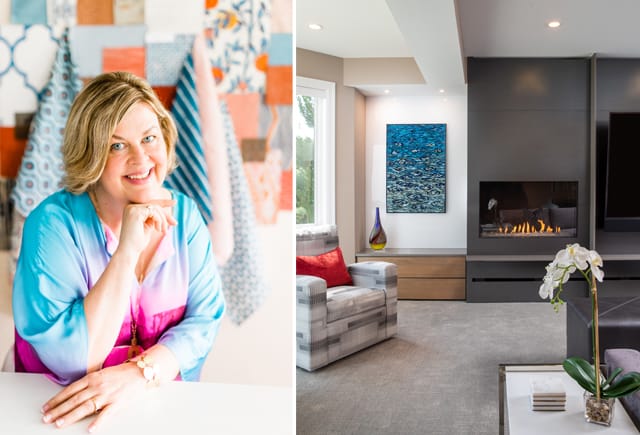
Minneapolis interior designer, Lisa Peck of LiLu Interiors, says, "Most designers will work within a reasonably set budget while adding value to the process. They have experience in designing homes over and over and know how to navigate the process to avoid stress and unnecessary spending. " While opting for low-quality materials or compromising on craftsmanship might appear to save money initially, it can result in frequent repairs, early replacements, and an overall subpar finish. In the long run, investing in quality products and the expertise of a professional interior designer can save both time and money, as they ensure durability and longevity.
3. “Design studios just make aesthetic decisions”
Many people perceive designers as mere decorators who focus solely on selecting colors, patterns, and furnishings to create visually appealing spaces. However, this misconception undermines the true depth and complexity of the interior design profession, as it fails to recognize the multifaceted nature of the decision-making process involved.
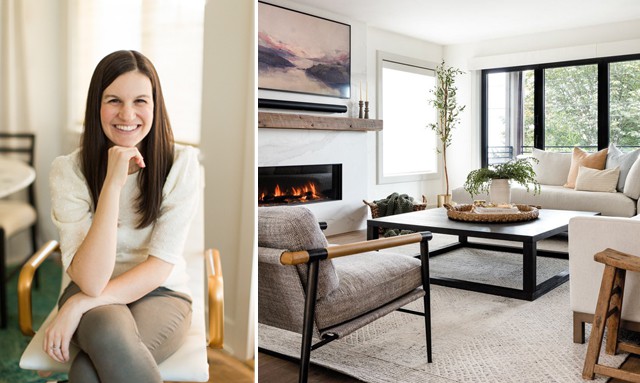
Kimberlee Gorsline of Seattle's Kimberlee Marie Interiors says that many people are unaware that interior designers are full-service firms capable of full design development, procurement, and project management. "With the rise of social media, I think there are a lot of wrong preconceived notions that this is simply a hobby for most and that it's really just about picking paint, fabrics, and some pillows for the sofa. I think our ideal clients have a greater awareness and appreciation of what we do, but I think the vast majority of people don't know."
Therefore the misconception that design studios only make aesthetic decisions disregards the breadth and depth of the interior design profession. Design studios go beyond aesthetics, considering functionality, problem-solving, collaboration, context, sustainability, logistics, and installation.
4. “Decorators and designers are one and the same”
Many people use these terms interchangeably, assuming that they refer to professionals who perform identical tasks. However, it is important to recognize that there are distinct differences between decorators and designers.
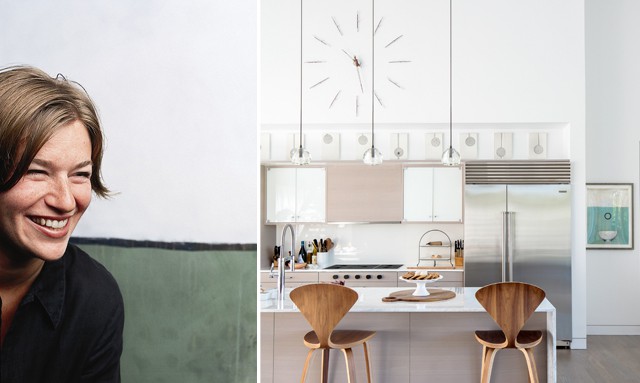
NYC interior designer Betty Wasserman says, "I think that many people feel that they can 'do it themselves' and don't always value what we do. Sometimes people call themselves Interior Designers, but they are suburban decorators who do their husband's client's homes and give the professionals a bad name." Interior designers typically undergo formal education and training and possess a broader skill set that includes architectural knowledge, project management, and problem-solving. They undertake a more comprehensive role and are involved in the entire design process, encompassing both the aesthetic and functional aspects of a space.
5. “Interior design is just pretty pink swatches and shopping afternoons”
This oversimplified view reduces the profession to a mere indulgence in aesthetics and fails to capture the true essence of interior design as a multifaceted and strategic discipline.
Lafayette interior designer Leila Douglah shares, "When people hear 'interior design,' they think about pretty pink swatches and spending leisurely afternoons at antique markets. Most people don't understand the level of detail and how much methodical thinking goes into interior design. Nothing is standard, and every project requires a scientific brain and professional planning."
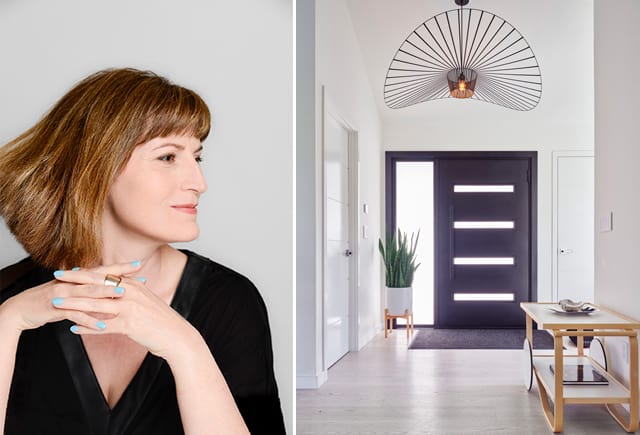
While aesthetics certainly play a significant role in interior design, it is important to understand that design decisions extend far beyond simply selecting colors and fabrics. Interior designers are trained professionals who employ a thoughtful and systematic approach to create functional, harmonious, and meaningful spaces. Beyond the technical aspects, interior designers navigate challenges such as spatial limitations, building codes, and regulatory requirements and find creative solutions to enhance natural lighting, optimize storage, and address acoustics or other environmental factors.
6. “All designers work in the same way”
This misconception arises from the assumption that interior designers follow a standardized process, employing identical techniques and approaches to every project. However, this notion fails to capture the true essence of the industry, as each designer possesses a unique creative vision, design philosophy, and methodology.
While there are fundamental principles and guidelines that underpin the practice, such as spatial planning, color theory, and ergonomics, the interpretation and application of these principles can vary significantly.
Designers bring their own artistic flair, personal experiences, and professional backgrounds to the table, resulting in diverse approaches that cater to their clients' specific needs and preferences.
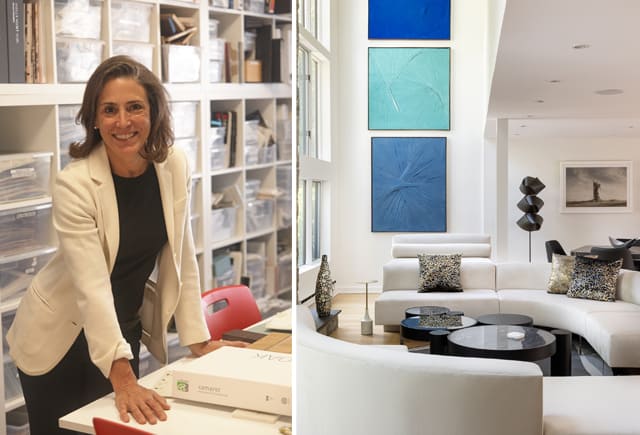
Long Island interior designer Annette Jaffe feels it is important to realize that there is no standard of practice for interior designers either for design or procurement. "We are creating a design that creates an energy and vibe within a space and a budget. I want to bring the right item at the right price to the right space every time." And this includes understanding the unique requirements, lifestyle, and aesthetic sensibilities of each client and crafting a design solution that is truly bespoke. Whether it's through in-depth consultations, mood boards, or 3D renderings, designers use a range of tools and techniques to communicate and refine their ideas in collaboration with their clients.
The True Essence of The Interior Design Industry
So, there you have it! Interior design is a collaborative process that goes beyond shopping and aesthetics. It involves research, space planning, material selection, and intricate procurement logistics. Designers prioritize functionality, safety, and accessibility while understanding and incorporating clients' needs and preferences. Continuous education ensures designers stay current with trends and sustainable practices.
Working with professional interior designers is essential for achieving optimal results, as they bring expertise, a refined design process, and the ability to create personalized and meaningful spaces. Therefore, rely on your designer's expertise to metamorphose your home into a practical, visually appealing, and balanced space that mirrors your personality and elevates your everyday living. ♥

